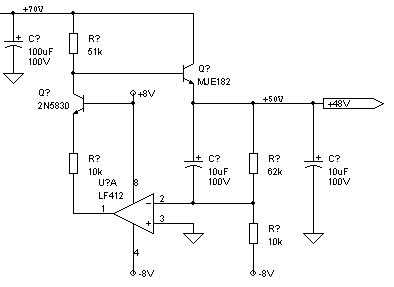Svart
Well-known member
very interesting design Bo, however PRR might not be happy about the inductor present once again but I like it!
:shock: I appreciate the comment but I don't consider myself even close to being sophisticated or even that good. I just try to make my designs work as best as I can with help from others like yourself whom are more knowledgeable than I will be for a long time.
the diode/cap ladder can be made quieter but you will run into the $$ issue once again.
I'm guessing the voltage multiplier uses the same diodes that the input rectifier uses?
design the preamp for 48v is one of those "why hasn't anyone done this yet" questions that no one can answer but no one really has the initiative to do either. It makes total sense though.
built by sophisticated guys like you
:shock: I appreciate the comment but I don't consider myself even close to being sophisticated or even that good. I just try to make my designs work as best as I can with help from others like yourself whom are more knowledgeable than I will be for a long time.
the diode/cap ladder can be made quieter but you will run into the $$ issue once again.
:green: Yeah they do tend to jitter and oscillate strangely and sometimes completely random from IC to IC. If there were a way to time them in a way that doesn't use an R/C circuit then we might get rid of that completely.555 wiggle frequency
I'm guessing the voltage multiplier uses the same diodes that the input rectifier uses?
design the preamp for 48v is one of those "why hasn't anyone done this yet" questions that no one can answer but no one really has the initiative to do either. It makes total sense though.



